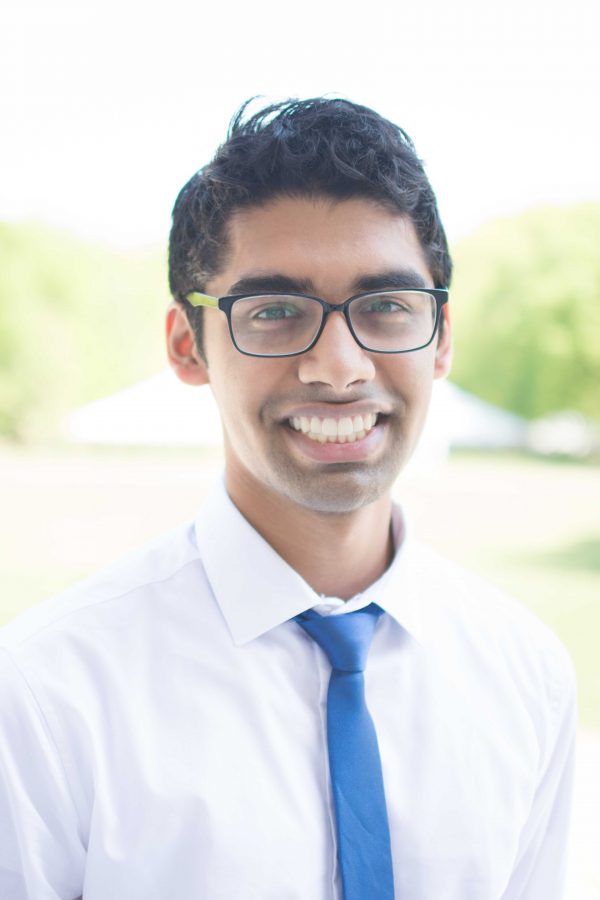On October 16, 1968, Tommie Smith and John Carlos, athletes representing the United States in the Mexico City Olympics, had just placed first and third in the 200 meter dash. In the traditional Olympic medal ceremony, the anthem of the winning athlete is played to instill a sense of national pride for the country being represented. However, in this ceremony, something was different. Instead of putting their hands over their hearts, Smith and Carlos each raised one hand, covered by a black glove, clenched in a fist. They bowed their heads, acting in silent protest against the racial inequality experienced by black Americans at the time.
The action taken against the athletes was swift and immediate. The International Olympic Committee, headed by an individual who had pushed for the games to be played in Nazi Germany in 1936, ordered the expulsion of the two athletes from the games. Smith and Carlos received loads of backlash back in the United States, including death threats and racial abuse. Peter Norman, the Australian who achieved a second-place finish and supported his fellow athletes, was ostracized by his country in further competitions, and was not even recognized at the Sydney Olympics 32 years later.
If participating in political gestures in sports are so damaging for a player, why did Smith and Carlos, as well as an increasing number of professional athletes, participate in a protest against the flag under which they play? Do fans really want to see people kneeling on a Sunday afternoon, after a week in which hurricanes and healthcare have occupied the thoughts of so many?
The answer is that sports cannot be apolitical. These athletes have a platform to speak about important issues, especially now that they have expansive social media platforms. When peaceful protests in St. Louis, the violence in Charlottesville, and the lack of accountability for police brutality are advertised on news channels, viewers sadly often take it in one ear and pass it through the other. However, when their favorite athlete partakes in an action during the national anthem, they take notice. Why did Kaepernick kneel? Why did Tom Brady lock arms with his fellow players instead of putting his hand on his heart? These questions allow a viewer to be more aware of the issues affecting marginalized communities, especially when they have a one-sided view of the entire ordeal. Yes, we try to escape when we watch sports. However, it is impossible for athletes to ignore the injustices that surround them.
Regardless, it is important to understand that just like in the case of Smith, Carlos, and Norman, the actions of these athletes will be largely misunderstood by individuals who choose not to see racial inequality in our society. They may decry these athletes as disrespecting the soldiers and other uniformed officers who serve us. Though, like all reform movements, they are just bringing attention to the injustice that can occur within the institutions that purportedly protect us. Kneeling is not nearly as violent as throwing tea into Boston Harbor or storming the Bastille, but it has the same purpose of bringing awareness of the lack of freedom and equality for all. In 15 high-profile cases of deaths of black individuals in police custody, only two have brought a conviction, demonstrating the lack of rights afforded to these citizens under the eyes of the law.
So, if you think that kneeling during the anthem is disrespectful, I’d like you to take a step back. All I am asking you to do is try to see who these athletes are. For example, are they a part of anti-American organizations advocating the overthrow of our government? Probably not. Have they subscribed to a government and flag supposedly defeated at Appomattox Courthouse 162 years ago? Unlikely. They are Americans just like you and I. They are humans who love the people around them. When they see these people suffering under institutionalized racism, they are forced to take a stand. If not for them, then who will fight for those who cannot speak?
Adithya Sivakumar is a senior in the College of Arts and Sciences. He can be reached atadithya.sivakumar


Man with the Axe • Sep 29, 2017 at 8:36 pm CDT
The athletes may want to protest inequality, but their workplace, in front of their owners’ audience, is not the proper venue. It is especially galling that they impose their protest on the national anthem and the flag.
This all started with Colin Kaepernick, in his Fidel Castro shirt and “police are pigs” socks, showing contempt for the country, which, by the way, he has said he does not like or respect. A few more players engaged in similar isolated conduct. Then Trump poured gasoline on a dying fire with his inane comments. But this protest is now about Trump, and has nothing to do with the black people who have died in police custody.
The politics of individuals who are engaged in a team sport, or who work for a corporation, or other joint endeavor, should be kept out of that arena. There is enough politics already, driving everyone to distraction. We see it at the awards shows, in late night comedy (and I’m not talking about harmless fun) and at comedy clubs, at rock concerts, in the content of television shows and movies. Is there no place where a person can turn on some entertainment and not have someone of a different political persuasion spit in his face?